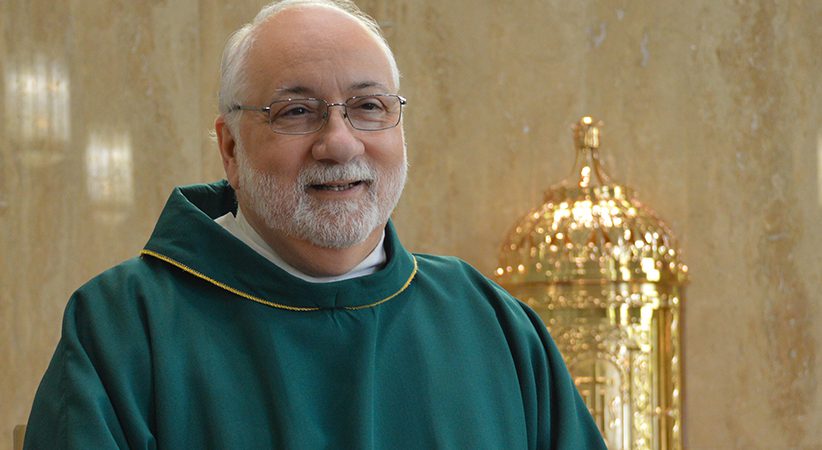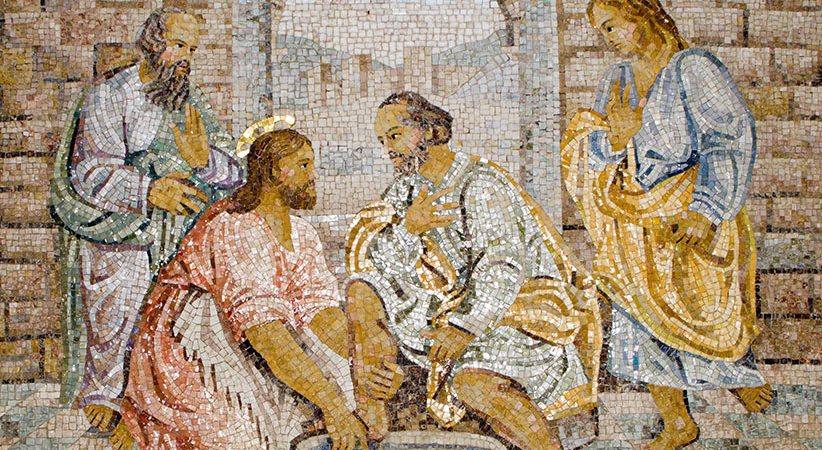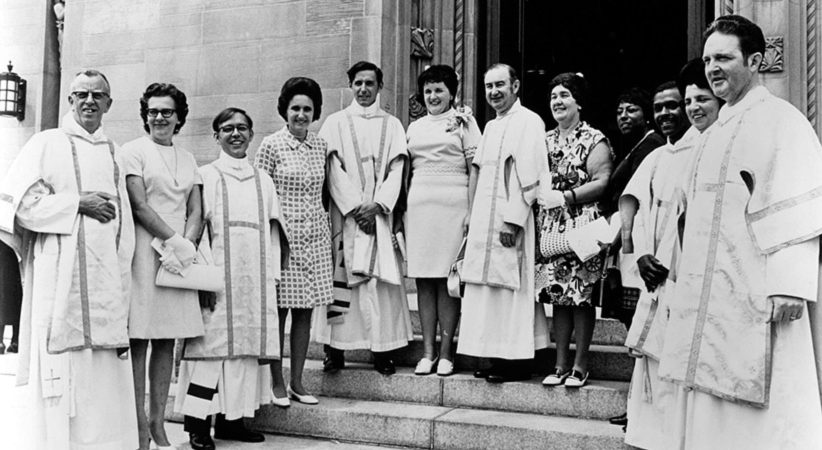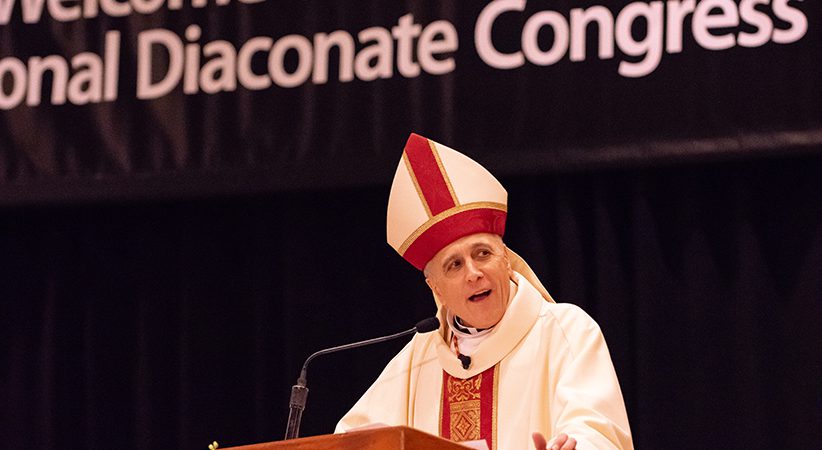The Study on Women and the Diaconate
Deacon Dominic Cerrato 5
CARA recently released a new survey of religious women. One result indicated that, on the question of ordaining women to the diaconate, 73 percent of religious superiors believed it was theoretically possible, and 72 percent thought that the Catholic Church should ordain women to the diaconate.
According to CARA’s senior research associate, Mark M. Gray, the survey sought to understand the awareness and attitudes by these superiors concerning The Study Commission on the Women’s Diaconate. The Commission was instituted by Pope Francis in 2016 under Cardinal Luis Ladaria, SJ, prefect of the Congregation for the Doctrine of the Faith and president of the commission. The “primary objective” of the commission, according to Cardinal Ladaria, is to settle the scholarly debate over exactly what role “women deacons” or “deaconesses” fulfilled in the early Church.
It’s important to bear in mind that the charge of the commission was not to address the question of whether the Church should admit women to the permanent diaconate, only to provide clarity concerning the past.
Beyond the fact that popular opinion does not a magisterium make, if this is an authentic development of doctrine, a starting point for development must be identified first. While the conclusions of the commission may provide that starting point, its charge and work is hardly new. The question of reserving the diaconate to men has been taken up in the past and a starting point already established.
The 19th canon of the Council of Nicaea (A.D. 325) explicitly teaches that deaconesses are to be counted among the laity and they received no ordination. A fine scholarly work on the matter was undertaken by Aime G. Martimort in his book “Deaconesses: An Historical Study” (Ignatius Press, 1986). His conclusion that the female diaconate in the early Church was not equivalent to the male diaconate was later affirmed by the International Theological Commission in their report entitled “From the Diakonia of Christ to the Diakonia of the Apostles” (Hillenbrand Books, 2002). They found that “the deaconesses mentioned in the tradition of the ancient Church — as evidenced by the rite of institution and the functions they exercised — were not purely and simply equivalent to the deacons.” Of course, all of this is merely a sampling, but good scholars don’t work in a vacuum. Any consideration of a change in Church teaching must take into account the past and, from this, advance reasoned arguments grounded in the sacred deposit of faith; not unsubstantiated opinions even if those opinions represent a majority of the sampling.
What this all boils down to is the fundamental belief that theological questions, such as the admission of women to the diaconate, require theological solutions. CARA’s study falls within the discipline of sociology, not theology. They are not concerned with the sources of revelation which seeks God’s will as expressed by the magisterium. They are instead concerned, at least in this case, with what a specific well-defined group thinks without reference to anything objective outside themselves.
To use sociology in lieu of theology is tantamount to bringing a baseball bat to a tennis match. The wrong equipment implies a misunderstanding of the game, at least the way it has been traditionally played and currently accepted. A mere gathering of opinion, especially when that opinion is not grounded in the identity and nature of the diaconate, provides virtually no clarity and will even serve to obscure the question. This is not to impugn CARA’s intentions, methodology or findings. I assume the organization works to the highest standards of their discipline. I’m merely arguing that they brought the wrong equipment to the game.
Deacon Dominic Cerrato, Ph.D., is editor of Deacon Digest.





Comments are closed.